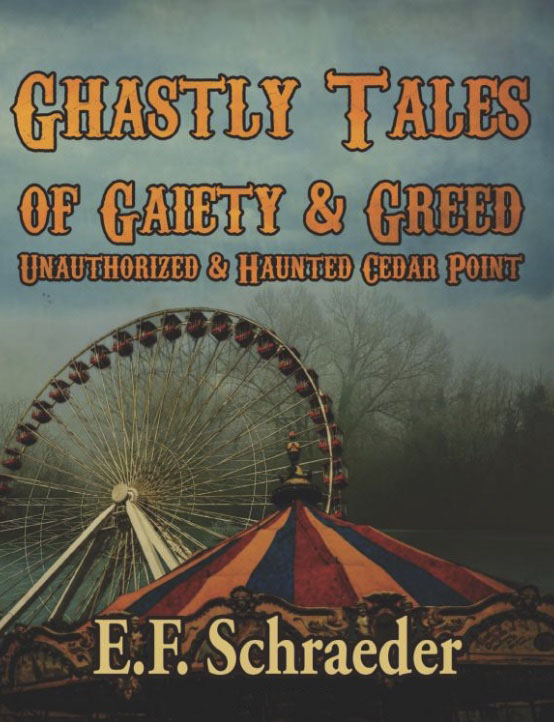

I can’t remember her exact words of course because it was a long time ago, but along those lines.


Scott Fitzgerald’s version of a vampire story.” Mom said something like that too. “It’s different than a lot of other scary stories you read.

Too young to be fully turned, perhaps a bit like Claudia herself. So the idea of vampires and horror weren’t new, but there was something about this moment that suggested I might have been too young for something. I hadn’t yet read many overtly queer horror books either, though queer subtexts often thrived in the shadows. Reared on vintage Vincent Price, 70s vampires, and Hammer horror movies, reading Poe, Stoker, and Mary Shelley wasn’t uncommon, but I hadn’t yet been steeped in much by way of modern gothic traditions. When my mom handed me this well worn copy of Interview with the Vampire, I was already very much a horror geek. A small curly red-headed girl stood beside them, her eyes somehow brooding and angry. The queer content nearly sizzled on the surface of that image, the longing, intense expressions on their faces. Flipped over, I found a what looked like an old-time family photograph of two men, neatly dressed in white tuxedos, one seated and one standing. The images featured lots of lacy, luscious details in shades of white and gold including a top hat, cane, silky gloves, a carnation, an elegant brooch nested on a small cushion. The title centered in glorious red, nearly bleeding from the stark white cover art. She handed over a copy of Interview with the Vampire. “This isn’t the same as a lot of the books you read, but I think you’ll like it,” my mom said. Except for one time when the moment itself seemed a little strange. So it was nothing surprising for my mom to pass a book to me. I grew up in a family of readers, always passing books around and talking about characters we read about like they were part of our extended relations.


 0 kommentar(er)
0 kommentar(er)
